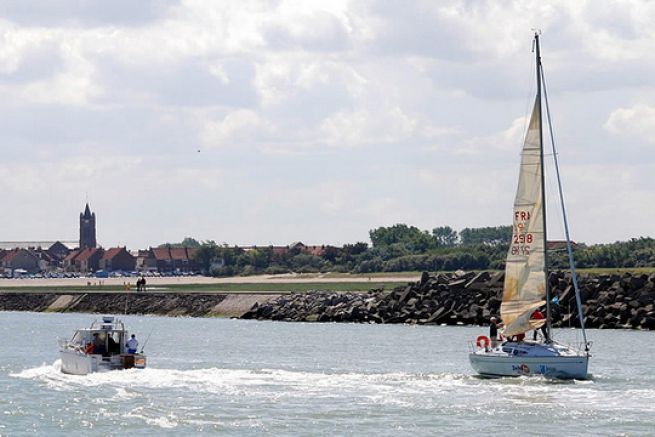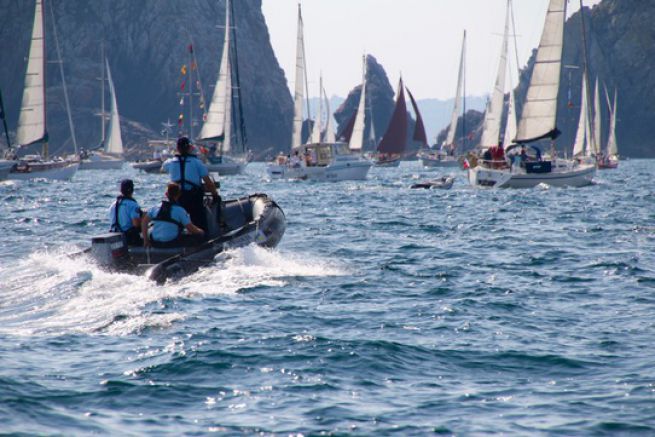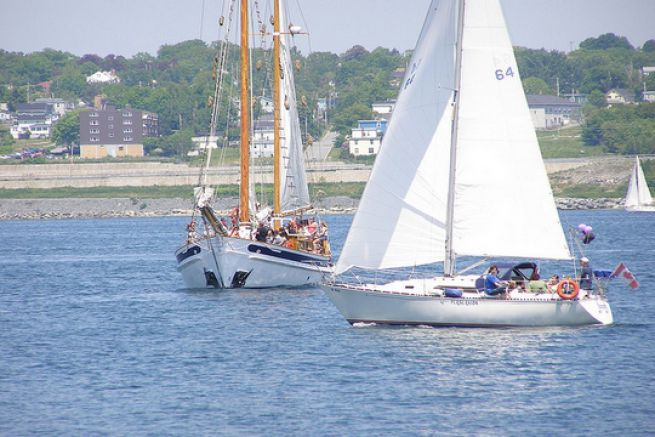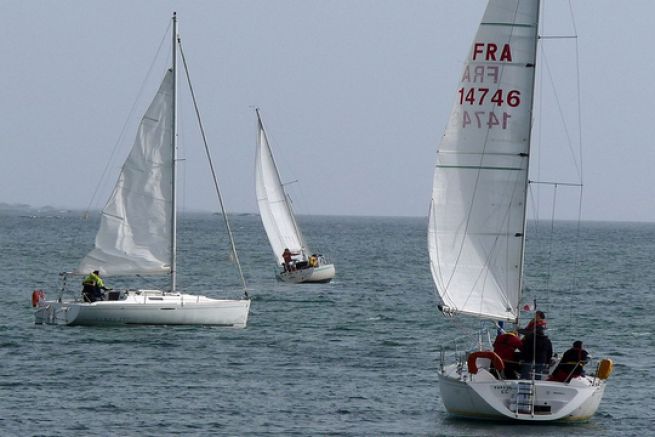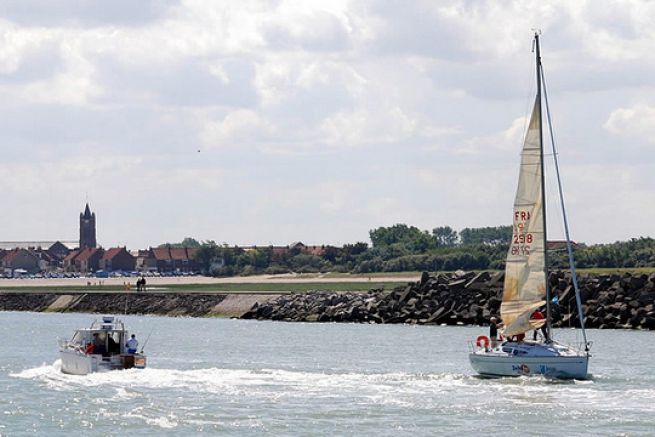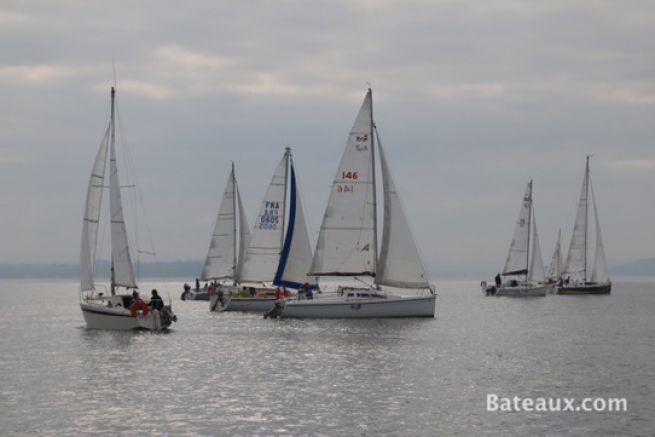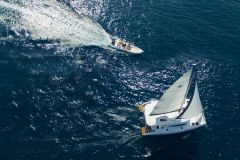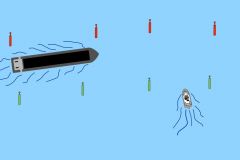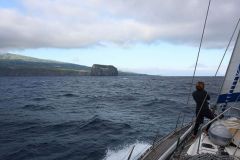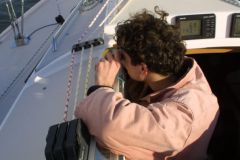Rule 9 - Narrow Channels
- Sailing safely in a narrow channel or access road
Vessels must navigate as close as possible to the right outer limit of a narrow channel or access road, provided there is no danger.
Ships less than 20 m in length and sailing ships must facilitate the passage of ships obliged to navigate, for safety reasons, within a channel or access road.
Vessels fishing shall not obstruct the passage of other vessels navigating within a channel or access route.
A vessel may only pass through a narrow channel or access road if it does not interfere with the safe passage of sea-going vessels inboard. The latter may use a whistle to emit a rapid series of at least 5 short sounds if they doubt the ship's intentions.
Every ship shall avoid anchoring in a narrow channel if circumstances permit.
- Overtaking in a narrow channel or access road
In a narrow channel or approach, in an overtaking situation where the overtaking vessel must manoeuvre to facilitate the overtaking, the vessel with attention to overtaking must inform the other (Rule 34). It must make two extended sounds followed by a brief sound to say"I intend to catch you on starboard" or two extended sounds followed by two brief sounds to say"I intend to catch you on port". Finally, the vessel about to be overtaken must indicate its agreement by emitting a prolonged sound, a brief sound, a prolonged sound and a brief sound, emitted in that order. If ever the ship that is about to be overtaken doubts the manoeuvre of the ship that is about to overtake it, it may give the signal of doubt, a rapid series of at least 5 short sounds (Rule 34). However, it is still obliged to comply with Rule 13.
- Inform about your position in an elbow
When navigating in a bend or in a location in a narrow channel or access road, caution and caution should be exercised in the event that other vessels are obscured by obstacles. In this case, the vessel must signal its presence with a prolonged sound. Every ship which comes to meet him must in return emit this same extended sound (Rule 34).

Rule 10 - Traffic Separation Provision
This rule applies to traffic separation arrangements adopted by the Organization.
- Navigate safely through a traffic separation scheme
Ships operating within a traffic separation scheme shall :
- follow the appropriate traffic lane in the general direction of traffic for that lane;
- deviate as far as possible from the traffic separation line or area;
- as a general rule, enter or exit a traffic lane at one end, but when they enter or exit laterally, perform this manoeuvre at an angle as small as possible in relation to the general direction of traffic.
Only a ship that cuts a device or enters or exits a traffic lane may enter or cross a separation zone or a separation line. Exceptions are: in an emergency, to avoid immediate danger or to fish in an area of separation.
Vessels sailing close to the ends of a traffic separation scheme must be very vigilant.
Ships must avoid anchoring inside a traffic separation scheme or in areas close to its ends.
Ships which do not use a traffic separation scheme shall depart from it as far as possible.
Vessels fishing shall not obstruct the passage of vessels following a traffic lane. Ships of less than 20 metres in length or sailing vessels shall not obstruct the passage of power-driven vessels following a traffic lane.
- Safe crossing in a traffic separation device
Vessels must avoid cutting off traffic lanes, but if required, they must follow a course as perpendicular as possible to the general direction of traffic.
- Sailing in a coastal navigation zone
Vessels shall not use a coastal navigation area when they can safely use the appropriate taxiway of the adjacent traffic separation scheme. Only vessels of less than 20 metres in length, sailing vessels and fishing vessels may use the coastal navigation zone. The following are the cases that allow other vessels to use a coastal navigation area: when entering or leaving a port, offshore facility or structure, pilot station or any other location within the coastal navigation area or to avoid immediate danger.
- Cases of vessels with restricted manoeuvring capacity
A ship which has limited manoeuvring capability when performing an operation intended to maintain safe navigation in a traffic separation scheme is exempted from complying with this regulation to the extent necessary to perform the operation. The same is true for a ship that has limited manoeuvring capability and is performing an operation to lay, repair or raise a submarine cable within a traffic separation scheme.
